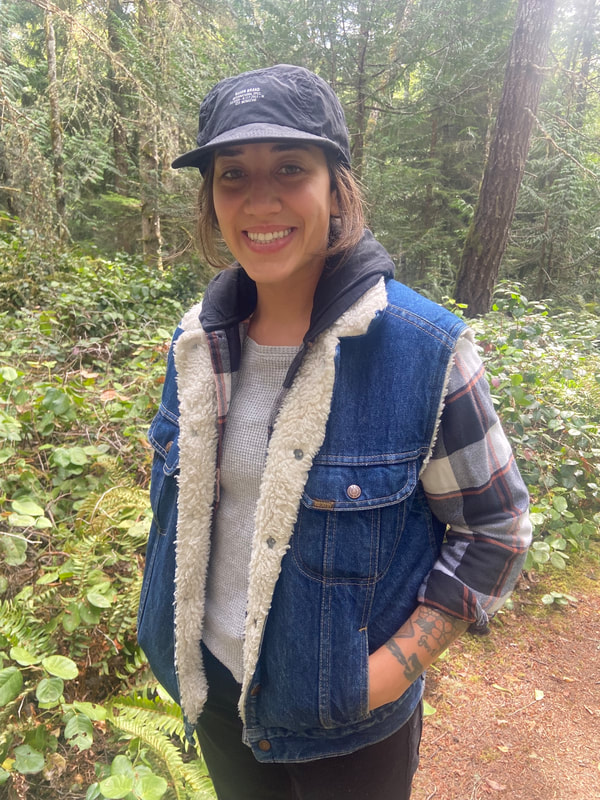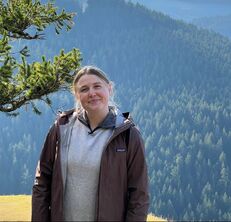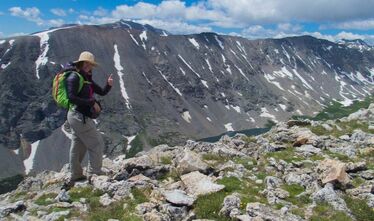Our People
Not to brag (totally to brag), but we have an amazing group of really lovely, smart people doing cool stuff. We are no longer actively recruiting students for the immediate term, but always keen to hear from excited potential lab members. Email the PI to express interest in joining.







